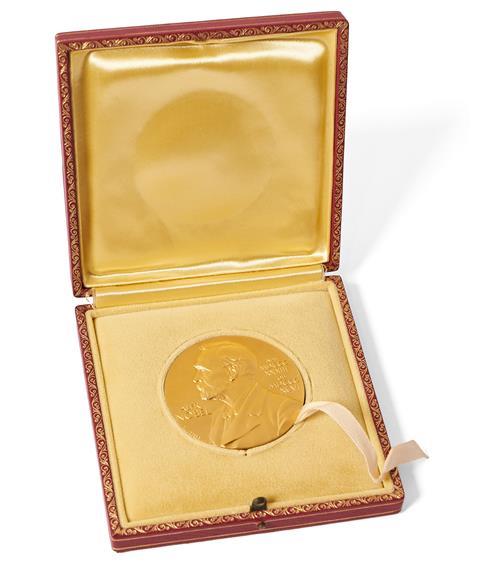
The 1996 Nobel prize in chemistry medal, awarded to Robert ‘Bob’ Curl for the joint discovery of fullerenes, is to be auctioned off at the end of March.
Curl, who died aged 88 on 3 July 2022, shared the 1996 prize with Harry Kroto and Richard Smalley. Together with graduate students James Heath, Yuan Liu and Sean O’Brien, they became the first to synthesise and identify the famous buckyball molecule after irradiating a graphite surface with laser pulses. This experiment created a carbon gas which then formed C60 and C70 molecules as it condensed.
The most common structure had 60 carbon atoms arranged in a sphere. The structures were called fullerenes after architect Buckminster Fuller, who worked with this geometric shape.

Since their discovery, fullerenes have been of interest to materials scientists. One area of interest is drug delivery, where their hollow structure could facilitate precise, targeted therapy delivery
The medal, which is crafted from 18-carat gold and plated in 24-carat gold, will be auctioned by Nate Sanders on 28 March.
This is not the first time a Nobel prize medal has been auctioned off, Adolf Von Baeyer’s 1905 Nobel medal sold at auction for £203,000 on 13 December 2023 and, in the same week, Arne Tiselius’ medal, won in 1948, was sold for $125,000 (£99,000). In 2023, George Olah’s Nobel medal awarded for work on carbocations sold at auction for $250,000, while a year earlier Walter Kohn’s award for the development of density functional theory sold for $460,000.





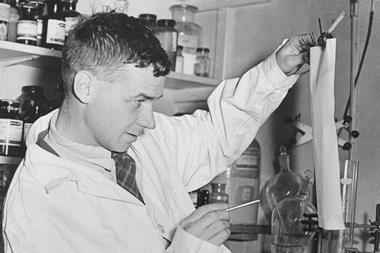
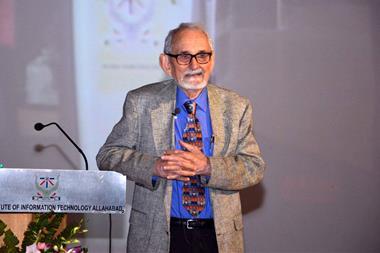

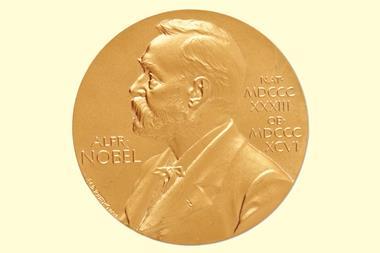
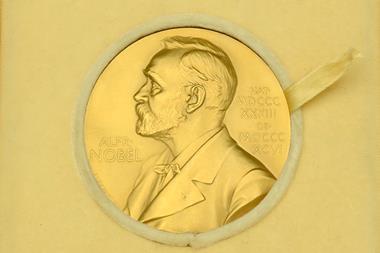
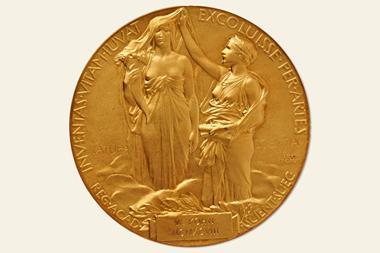






No comments yet